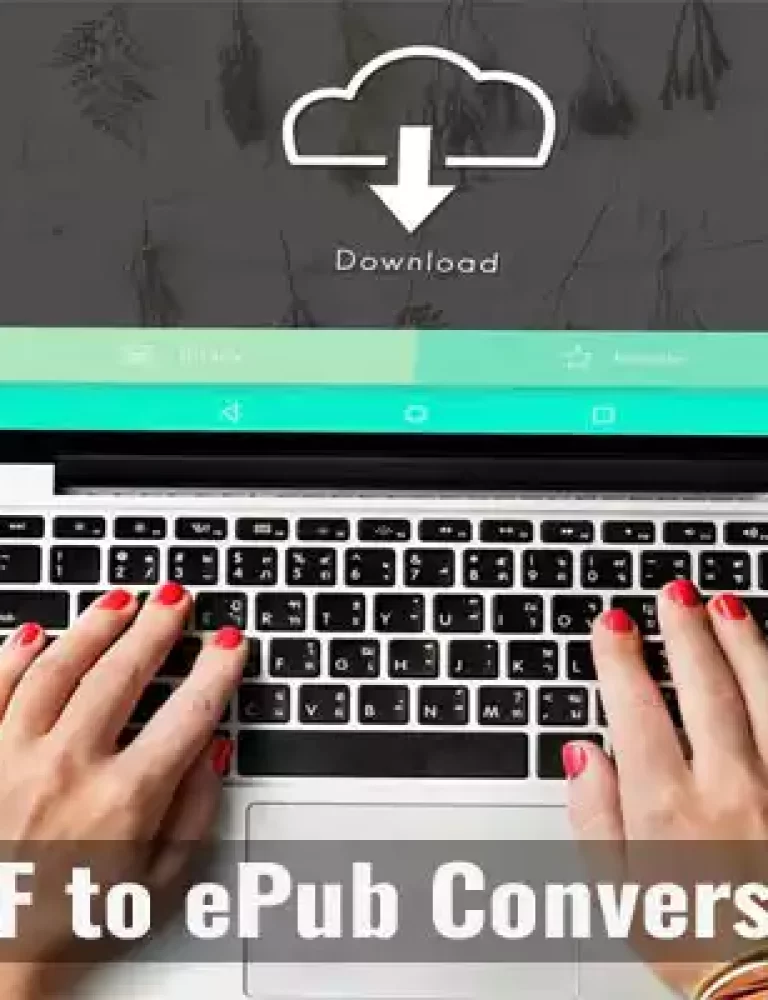eLearning has revolutionized the mode of learning in classrooms and introduced a new way to engage in discussions. This synergy of education and technology has been known as EdTech for some time now.
EdTech has enabled the delivery of quality educational content through digital learning to learners from all corners of the world. It has made learning mobile, engaging, and interactive, encouraging students to take an interest in digital learning and retain it.
Today, learning has taken on a new form through online collaboration tools and virtual platforms. Digital learning empowers students to expand their mindsets and immerse themselves in new opportunities. It has brought learners closer to texts, artifacts, and data, providing easy access to knowledge.
Digital textbook platforms like KITABOO use AI and data analytics to create digitally enhanced learning environments that keep students engaged in the learning process.
Let’s take a deeper look at the advantages of digital learning for students.
Table of Contents:
II. How to Incorporate Digital Learning for Students?
What Is Digital Learning?
Digital learning refers to the use of digital tools and technologies to improve learning outcomes. This includes smart classrooms, learning tablets, ebooks as learning materials and digital libraries. The Internet has become a global meeting space and workplace that provides a wide range of opportunities to interact with the world.
In this global era, digital learning allows easy participation in various learning experiences. This sort of technology-rich approach to education offers multiple student benefits and provides a dynamic mode of teaching.
The strategies used in digital learning go beyond the traditional mode of teaching and learning and facilitate an immersive learning process. Companies and education providers can achieve educational excellence through KITABOO’s digitally advanced services and cloud-based data analysis features.
How to Incorporate Digital Learning for Students?
There are multiple ways to incorporate digital learning. Since there are different kinds of learners, it is important to divide them into groups and use target-specific tools for better results.
Some of the ways you can incorporate e-learning are:
Gamify The Learning Materials
Gamify the content with picture study or product knowledge tests. The integration of digital educational games creates a fun learning environment and increases their motivation to learn. Students who have scored well can also be provided with badges for encouragement.
Break Chapters into Bite-sized Content
Break down large chapters into small chunks for microlearning. This will facilitate quick learning and help students continue learning new things with a busy schedule. It enables learners to read at their own pace without any time constraints.
Incorporate Real-World Examples
Use real-life examples and ask the students to answer using social polls. This is useful for challenging situations; they’ll learn about the consequences of actions and facilitate the decision-making process.
Introduce Digital Libraries
eBooks and audiobooks as learning content tools are a great way to make education accessible for students. With a digital library, learners can easily access a wide range of content that they read while traveling or during work breaks.
Advantages of Digital Learning for Students
This new way of teaching and learning has led to multiple new student benefits; it has made education more personal and engaging. Digital learning has many advantages, some of which have been discussed below.
Reduction in Cost for Institutions and Students
Digital learning can act as a solution for institutions facing space and resource constraints. Institutions can create learning modules with teachers and distribute them through digital channels to students.
This technique provides multiple student benefits, including the opportunity to learn at their own pace and convenience and get their doubts solved remotely through the same system. This reduces the cost of space and human resources for the institutions and travel for students. This advantage has brought in a plethora of distance education providers in the industry.
Personalization of Content
One-to-one tutoring is considered an effective mode of learning. Digital learning enables the teacher to deliver personalized content to students according to their scope of improvement or specialization. It further enables the teacher to create tests and add interactivity to the content, like multiple choice questions, to assess the content absorption and application capabilities of the student.
Flexibility of Access
Through digital learning, students can access the content on their chosen device from a location and time of their convenience. For institutions and teachers, they can create learning modules, and update or deploy them as needed.
Analytics and Tracking
Learning Management Systems with analytics and tracking capabilities can help teachers track and analyze the content consumption and absorption of each individual student. This can enable them to create optimized content according to the needs of the students and assess the academic performance of each student, creating an effort to reward relationships.
Scalability Factor
Scalability was always a limitation of instructor-led training in classrooms. A teacher can only deliver lessons to a small number of students due to space and time constraints. Keeping the quality standard was a big issue for older methods of learning. However, digital learning acts as a solution to this problem by creating a quality piece of content and delivering it to a large group of learners, ensuring the scalability of educational content.
Quicker Delivery
The rapid change in technology and content forces teachers to adapt and modify their curriculum according to the latest trends in the industry. With digital learning, teachers can create or update their content just by making minor changes to existing learning modules, which will automatically be delivered to all learners digitally, making learning contextually relevant.
Better Retention and Engagement
Traditional lectures, once delivered, cannot be accessed by students for revision or doubt-solving purposes. With digital learning, course modules can be created and stored on shared clouds or servers for easy accessibility, anytime and anywhere.
Digital learning technologies have further made learning more engaging by integrating AR (Augmented Reality) and VR (Virtual Reality) technologies. Through this, a teacher can provide contextually relevant and near-to-life content to students, enabling them to get a realistic experience of the subject matter.
Enables Distance Learning
With digital learning, educational institutes and publishers can create and deliver content on multiple channels. This content is then accessible to the learner on different platforms, thus reducing the gap between learners and quality content.
Acknowledges Feedback
With a feedback mechanism, if integrated into Learning Management Systems, a teacher can recognize the feedback and optimize content to address and solve the issue by focusing on quality education. When compared to its older counterpart, teachers had limited options to alter content and add illustrations enabled by technology to deliver better learning according to feedback.
Collaborative Learning
Learners often find comfort in group studies, where they share their problems and discuss various topics of interest. This can be done through digital learning, which enables a form of connected learning. Students can be a part of an online learning environment and share information to broaden their field of study.
Conclusion
The combination of technology and education has made education available to all, by addressing the constraints of traditional modes of learning. Accessibility, affordability, flexibility, and interactivity are some of the teacher and student benefits caused by this synergy between learning and technology.
Businesses should be agile to sense this upcoming opportunity and maximize revenue for themselves by offering value to learners and teachers, enabling better technology-enabled learning.
Digital textbook platforms like KITABOO creates an opportunity for students to engage in the digital learning process. Its cloud-based learning platform provides access to resources 24/7 so that students can learn at their own pace. Publishers and education providers can leverage the platform’s services to streamline operations and meet the changing needs of learners through digital learning.
Connect with us now!
Discover How An Ebook Conversion, Publishing & Distribution Platform Can Help You
Kitaboo is a cloud-based content platform to create-publish & securely distribute interactive mobile-ready ebooks.
You May Also Like








